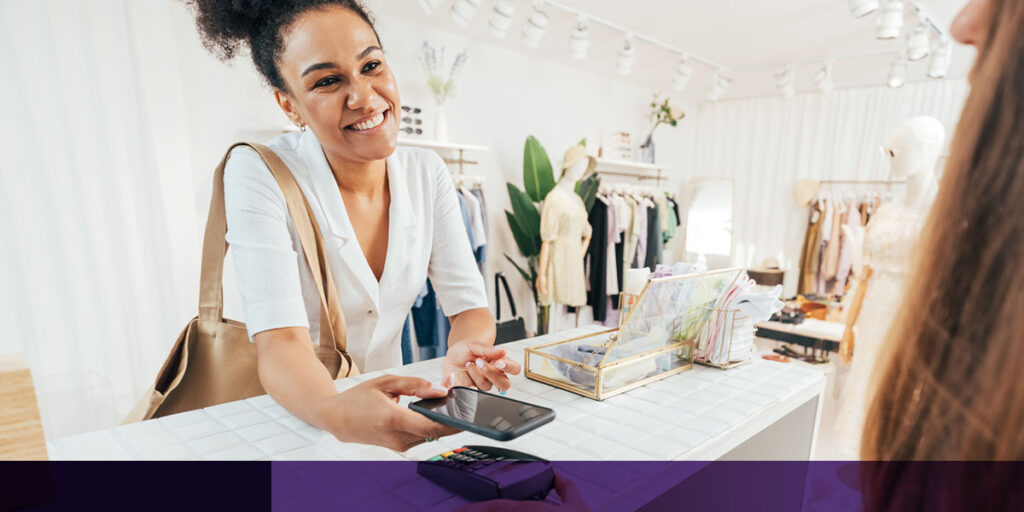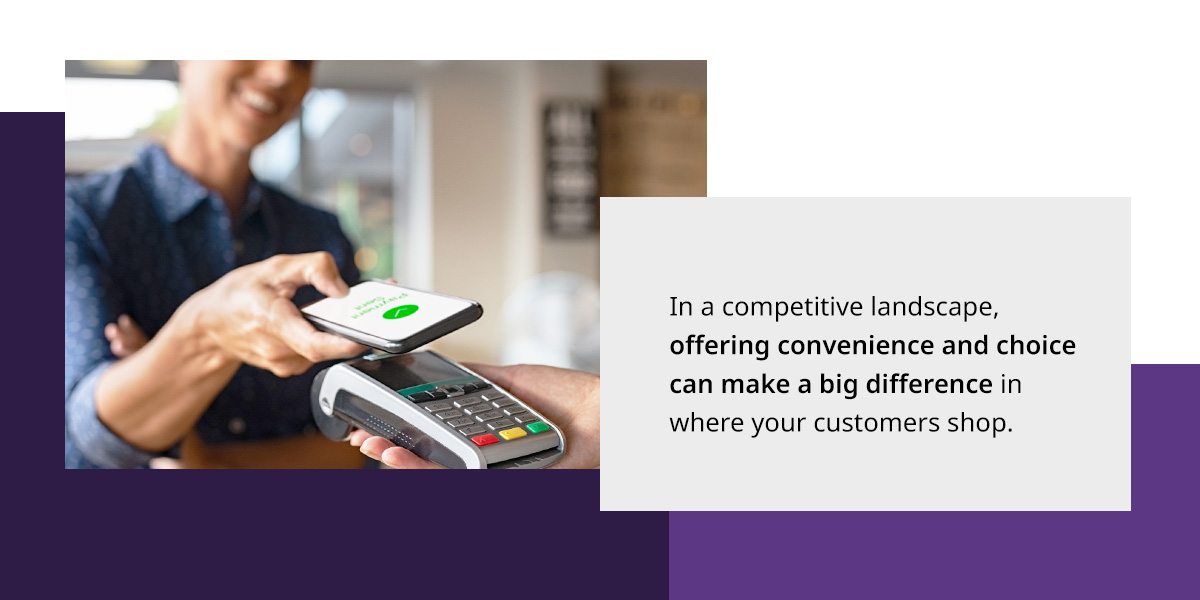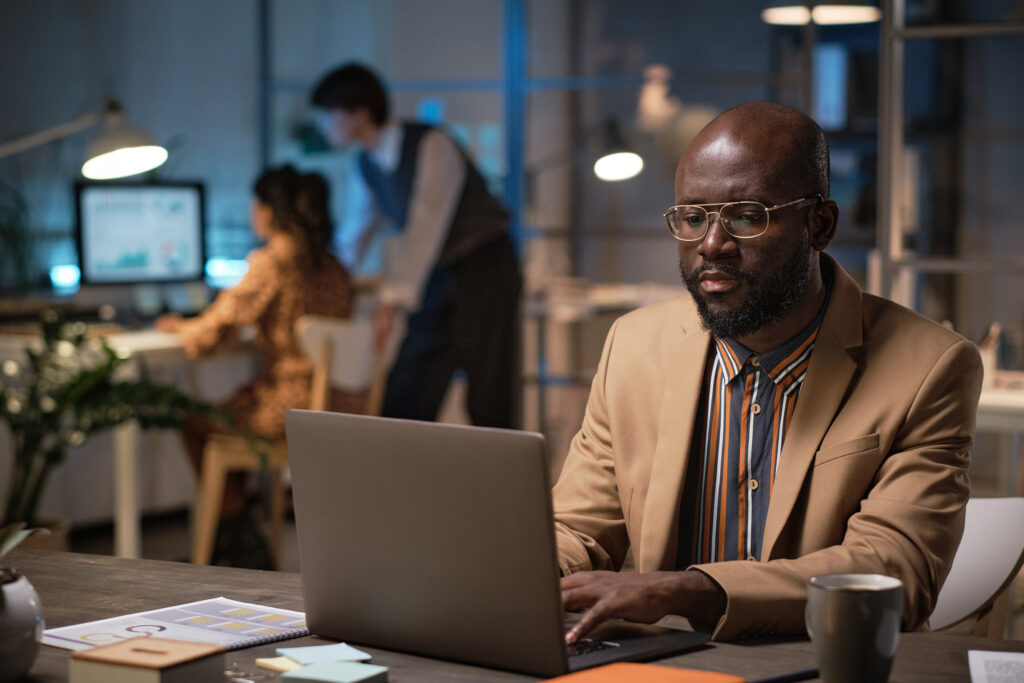Understanding Electronic Bill Payments: A Comprehensive Guide for Governments
Government entities are entrusted with the responsibility of managing taxpayer money wisely, so any investment in new technology must demonstrate a clear value proposition. Electronic bill payments offer a modern solution that can streamline operations, enhance efficiency and save money. By adopting digital payment methods, governments can improve the way they collect revenue, reduce manual handling and paperwork and provide a convenient and accessible way for residents and businesses to pay their bills.
But many government entities and departments remain largely reliant on outdated payment methods, such as mailing and processing paper checks, accepting in-person payments and conducting phone transactions—all of which are inefficient and inconvenient. And while up-front investments in expensive tools, like an online payments platform, must be carefully considered, keeping the status quo could be even more costly: According to recent data, government employees spend 10 to 20 hours per week fielding payment-related calls—that’s valuable employee time that could be spent on more complex, meaningful tasks.
Not only that, but without a robust digital payment infrastructure, governments risk missing out on collecting revenue altogether, or may experience collection delays. So, while the up-front investment in a digital payments platform can seem hefty, adopting electronic bill payments streamlines the way government agencies operate, making the process smoother and more efficient for constituents and employees while also saving money.
What Are Electronic Bill Payments?
Electronic bill payments involve transferring funds or exchanging money through digital channels, eliminating the need for physical methods like cash or checks. These transactions are facilitated by electronic systems that require collaboration between banks, financial institutions, payment processors and digital platforms.
Completing an electronic bill payment transaction typically involves several steps. After receiving the bill, the customer initiates the payment by providing the necessary payment information, such as bank account details, credit card number or digital wallet credentials. The payment gateway then verifies these details, checking for available funds and other authorization factors. Once the payment is authorized, the payment processor orchestrates the transfer of funds between the payer’s and payee’s accounts. Finally, both the payer and the payee receive a notification or receipt confirming the successful completion of the transaction.
Electronic bill payments offer numerous advantages over traditional payment methods. They are faster, more secure and cost-effective, making them an attractive option for both consumers and businesses. For government agencies, adopting electronic bill payments can lead to increased efficiency in processing payments, reduced manual handling and paperwork and improved cash flow management, plus ease of reconciliation and auditing, which improves visibility and makes transparency much easier to achieve. Additionally, electronic bill payments provide a convenient and accessible way for residents and businesses to pay their bills, which can help reduce late payments and improve overall satisfaction with government services.
By leveraging digital channels and secure systems, electronic payments streamline collections and offer a convenient alternative to traditional payment methods. As we move forward, it’s essential for government agencies to embrace these technologies to enhance their operations and better serve their constituents, who are largely accustomed to paying online—and want to be able to do more of it, In fact, 93% of consumers believe “all governments, including municipal governments,” should offer a digital payment option for constituents, according to data from PayPal/Logica Research.
Why Electronic Bill Payments Are Essential for Governments
- Increased efficiency in processing payments: Electronic bill payments streamline the payment process, reducing the need for manual handling and paperwork. This leads to faster processing times and fewer errors, allowing government agencies to allocate resources more effectively and focus on other critical tasks.
- Convenience for residents and businesses: Electronic bill payments provide a convenient and accessible way for residents and businesses to pay their bills. They can make payments anytime and anywhere, using various digital channels such as online portals, mobile-friendly pages and automated phone systems. This flexibility helps reduce late payments and improves overall satisfaction with government services.
- Improved cash flow management for government authorities: By adopting electronic bill payments, government authorities can benefit from faster payment processing and more predictable cash flow. This enables better financial planning and management, ensuring that funds are available when needed for essential services and projects.
Introducing CSG Forte BillPay
With decades of experience in the industry, CSG Forte knows payments. Our comprehensive BillPay platform is designed to streamline and enhance the payment process, focusing on efficiency, security and user experience.
CSG Forte BillPay offers a range of features that can be configured to cater to each customer’s unique needs and is scalable as your company grows. Here are some of the standout features that make CSG Forte BillPay a game-changer for government payment systems.
- Flexible payment options: CSG Forte BillPay supports a variety of payment methods, including online, in-person, over the phone, text-to-pay and via digital wallets. This flexibility ensures that constituents can choose the payment method that best suits their needs, leading to higher satisfaction and on-time payments.
- Recurring payments: Our platform allows for easy scheduling and maintenance of recurring payments. This feature is particularly beneficial for offices that handle regular payments, such as taxes, utility bills and licensing fees. By automating these payments, agencies can reduce administrative burdens and improve cash flow.
- Bill presentment: CSG Forte BillPay offers digital invoice access and a guest checkout option, making it easy for constituents to view and pay their bills online. The platform supports custom file formats and easy user interface (UI) customization, ensuring that the bill presentment process aligns with the agency’s branding and operational needs.
- Fast and flexible integration: The platform is designed for quick and seamless integration with existing systems. With support for custom file formats and easy UI customization, government agencies can implement CSG Forte BillPay without significant disruptions to their current operations.
- Enhanced security and compliance: BillPay prioritizes security and compliance, offering features such as account ownership verification, fraud prevention tools and secure point-of-sale (POS) devices. These measures help protect sensitive information and ensure that government agencies remain compliant with industry standards and regulations.
- Centralized payments hub: The platform provides a centralized hub for managing all payment operations, including reconciliation, reporting and chargeback management. This centralization simplifies administrative tasks and reduces the risk of errors, allowing government agencies to focus on their core responsibilities.
CSG Forte’s comprehensive payment solutions extend beyond just streamlining bill payments. Our decades of experience in processing millions of transactions and managing billions of dollars in payments allows our team to offer reliable and scalable solutions for government agencies, ensuring adaptability to changing needs while maintaining cost efficiency. Here are some of Forte’s key features:
- Seamless integration with government platforms: Easily manage payments collected through CSG Forte’s flagship programs. The integration capabilities reduce manual processes and errors, providing a seamless experience for both the agency and the residents.
- Comprehensive payment solutions: Accept Automatic Clearing Housing (ACH) payments, debit and credit cards, digital wallet payments and in-person cards through our point-of-sale (POS) devices. This flexibility allows government agencies to offer constituents multiple convenient payment options, enhancing overall efficiency and satisfaction.
- Proven reliability and scalability: We process more than 214 million transactions annually and manage $98 billion-plus in payments for more than 130,000 merchants across various industries, including government. This experience and capacity allow CSG Forte to scale alongside government agencies, adapting to their changing needs while reducing complexity and cutting costs.
How Forte Delivers for the City of Kinston
CSG Forte’s partnership with the city of Kinston, North Carolina, has produced amazing results for the municipality. City leadership wanted to offer residents electronic payment options for utility bills, civil service fees, recreational activities and other city services. After integrating electronic payment processing options, Kinston saw 41% year-over-year growth in the number of transactions processed. The city also received positive feedback from residents who appreciated the ease of making payments through the online portal.
How did Forte produce such dramatic results? Our development team created programming to bridge the gap between Kinston’s enterprise resource planning system and its payment interface. CSG Forte’s Secure Web Pay (SWP) Checkout tool now redirects payers from the city’s website to a secure third-party webpage to complete their transactions, allowing the city to begin accepting online card and eCheck payments without spending money or committing technical resources to developing their own webpage to process payments.
CSG Forte also launched an online and interactive voice response (IVR) utilities billing solution for Kinston using a convenience fee model and provided comprehensive technical support following implementation. By processing more payments electronically, Kinston staff now handle less cash and fewer checks, reducing bank fees and saving time.
As you can see, adopting electronic bill payments is a game-changer for government agencies. By streamlining the payment process, governments can boost efficiency, cut down on manual handling and paperwork and improve cash flow management. This not only saves valuable employee time but also makes life easier for constituents who expect to be able to pay their bills conveniently and securely through their preferred digital channels. And while the upfront investment in a digital payments platform might seem significant, the long-term savings and improved operational efficiency make it a smart move.
To learn more about how CSG Forte BillPay can help your government agency transition to electronic bill payments, download our government-specific eBook or sign up for a demo to learn more about CSG Forte’s comprehensive features designed to cater to your unique needs.












